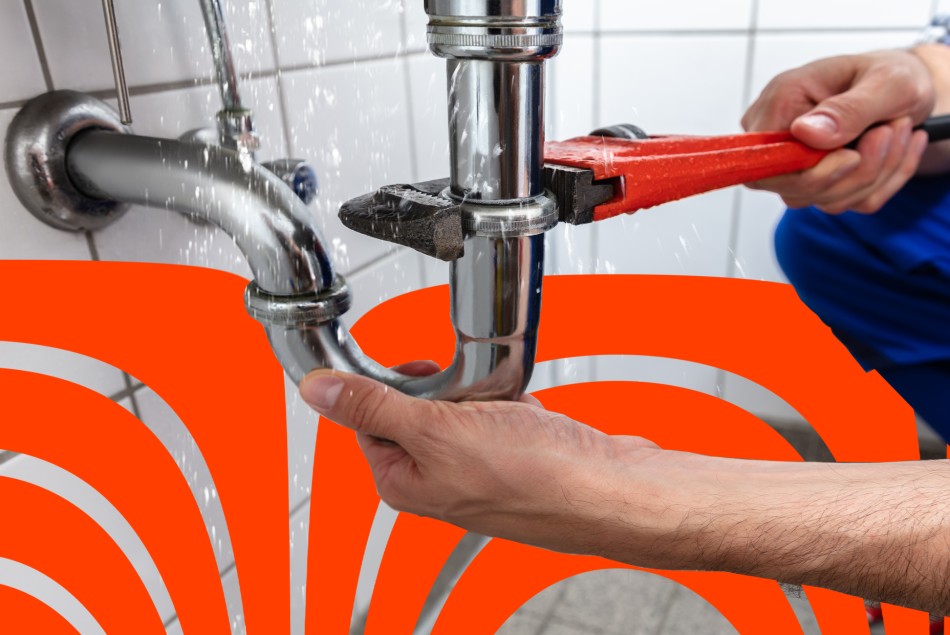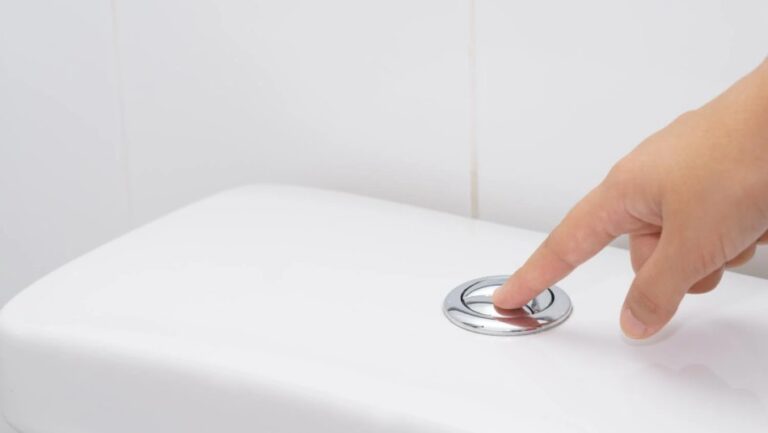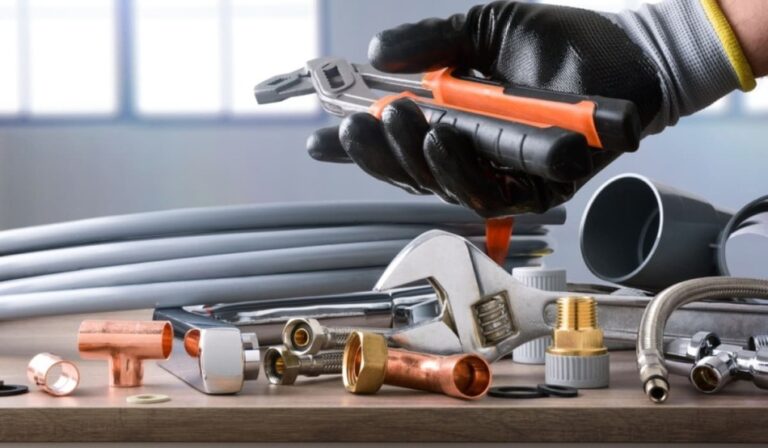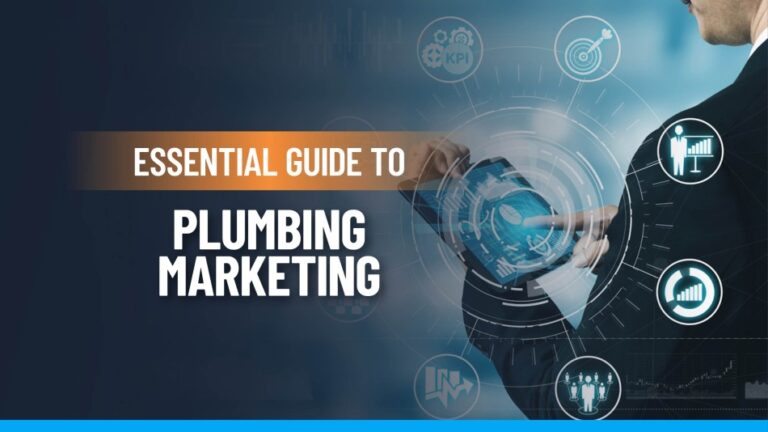When water unexpectedly floods your home due to a burst pipe or an overflow, you might wonder whether your homeowners insurance will cover the damage. Most standard policies include coverage for sudden water damage affecting walls, floors, and cabinets, although the cost of replacing the broken pipe itself is typically not included.
At OnlinePlumber The Plumber Heating & Air, we aim to guide you through your insurance coverage options so you can confidently determine which plumbing-related claims are worthwhile.
What Plumbing Issues Are Usually Covered?
Homeowners insurance tends to cover water damage caused by sudden, accidental events. For example, if a pipe freezes and bursts in winter, flooding your laundry room, or if a faucet’s supply line fails and drenches your kitchen ceiling, you’re likely protected. These policies often cover the costs of repairing drywall, replacing flooring, and addressing structural damage caused by such incidents.
While the replacement of the faulty pipe itself isn’t covered, the resulting damage typically is. Accidental overflows—like a bathtub left running that floods your bathroom—may also qualify under most policies. However, coverage generally hinges on the event being sudden and unintended. Claims related to neglect or slow-leaking pipes are often denied.
Issues Not Covered By Homeowners Insurance
Certain plumbing problems aren’t included in standard homeowners insurance policies. For example, damage from wear and tear or poor maintenance—such as drips that slowly corrode piping or leaks from outdated fittings—is excluded. Additionally, pre-existing conditions like old or corroded pipes don’t qualify for coverage.
Mold growth and sewer backups are usually excluded under standard policies as well. To cover sewer backups, you’ll need to add specific riders to your insurance. Neglecting this add-on means paying out-of-pocket for cleanup and repairs from any sewer line incidents. Regular maintenance and addressing smaller issues promptly can help prevent costly problems in the long run.
Steps for Filing a Plumbing-related Insurance Claim
When dealing with plumbing-related water damage, immediate action is crucial:
– Shut off your main water valve to stop the leak.
– Photograph standing water, damaged walls, and ruined belongings for evidence.
– Contact your insurance provider with a detailed account of what occurred, including dates, specifics of the issue, and photographic proof.
– Obtain repair estimates from reputable licensed plumbers or contractors to compare costs.
– Factor in your deductible—if repair costs are lower than your deductible, opting to pay out-of-pocket might be more practical.
– Maintain thorough records of receipts, emails, and notes to streamline the claims process and ensure reimbursement for eligible repairs.
Optional Insurance Enhancements for Better Coverage
Standard homeowners insurance may not cover certain plumbing-related scenarios, but additional riders can help fill these gaps:
– Water backup coverage: Protects against flooding caused by sewer line or sump pump failures, a common risk for basements.
– Service line protection: Covers repairs for broken water supply lines connecting your house to the street, offering financial relief in cases of collapsed sewer lines or damaged underground pipes.
Talk with your insurance agent about adding these protections to customize your policy. While these options come with a small premium increase, they can save significant costs in the event of major plumbing issues caused by factors like aging infrastructure or invasive tree roots.
Proactive Tips for Preventing Plumbing Damage
Minimize the risk of plumbing-related water damage by investing in preventive measures:
– Schedule annual inspections where plumbers assess pipe connections and pressure levels for potential issues.
– Insulate exposed pipes with foam wrap to prevent freezing during cold months.
– Install smart water sensors near sinks and appliances to detect leaks early and avoid major damage.
– Consider equipping your home with an automatic shut-off valve that stops water flow once a sensor detects a leak.
– Before leaving on vacation, turn off the main water valve to prevent unexpected water disasters in your absence.
By staying proactive and understanding your homeowners insurance coverage options, you can effectively manage plumbing-related issues while reducing out-of-pocket expenses for repairs.




